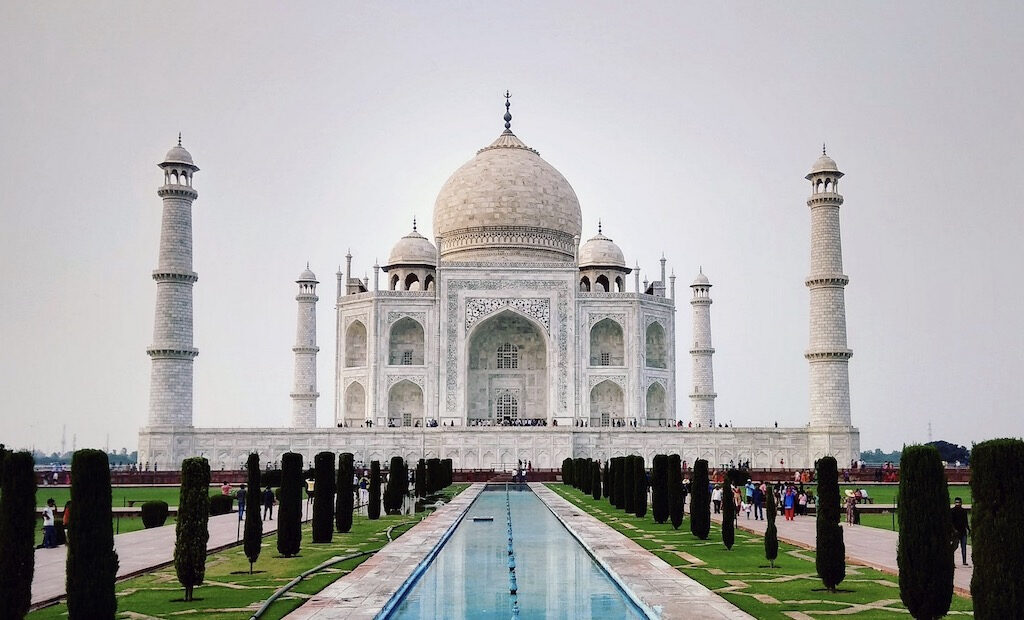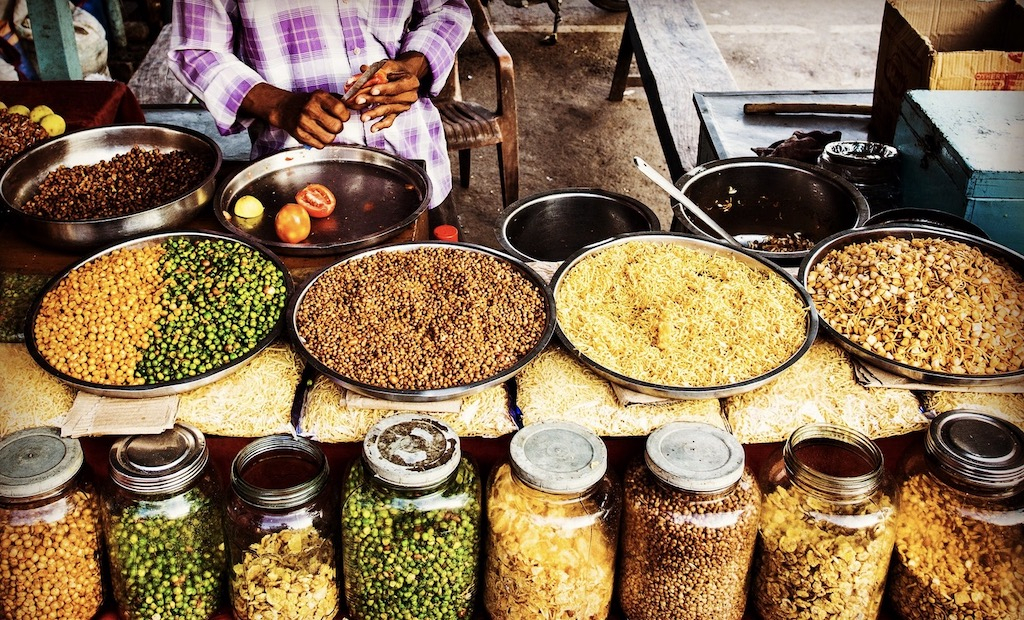India: From curry and masala to marble and gold

India is the south Asian country with perhaps the most to offer for foreign visitors. From snowy mountaintops to the driest deserts, from tropical rainforests to natural parks and from historic temples to lush beaches. The country gained its independence in 1947, but at the same time clear influences can be seen of British rule and the periods before it.
India is a densely populated country with a variety of popular religions such as Hinduism, Buddhism and Islam. It’s no surprise that this influence can be seen in local eating habits. For instance, you will be hard pressed to find beef in Hindu-dominated areas. Likewise, pork is considered taboo in Islamic circles.
Those that really want to experience the flavours of the Indian cuisine naturally need to travel to the country, something hundreds of thousands of tourists do each year. Here you can find some of the most popular dishes, such as curry and masala. Curry is a dish consisting of vegetables prepared in oil or sometimes coconut milk with herbs and garlic. A masala is a dish where a special herb mix is added, and is often very spicy.
Taking the train to Varanasi: Don’t forget your visa
Enough about the delicious food, back to the trip itself. Did you know you need an Indian visato travel to this special country? The benefit is that it can be applied for entirely online from the comfort of your home. As a tourist, you have access to the e-visa for India, which you will receive in four business days by email. Print it in colour and keep it with your passport. This visa allows you to enter India through almost all airports, but always check beforehand whether your airport is included in this list. Travel agencies are generally aware of this, but it never hurts to double check yourself. Once you’re finished with your trip, you can leave India from any location that has an Immigration Check Post.
If you are planning to make an extended trip to India, the train is your best friend. The city Varanasi deserves special mention. You can easily go there on the night train from New Delhi. The city, located in the east of India, is one of the oldest cities in the world and lies at the banks of the river Ganges.
Marble Taj Mahal and gold
Aside from famous cities and sights, the marble Taj Mahal of course cannot be forgotten. This monumental structure is the grave of the wife of Shah Jahan, who died in 1631. The marble is regularly cleaned due to the pollution of the surrounding factories and traffic. On a side note, it is advised to visit this place during the winter. The temperature is a comfortable twenty degrees. During the summer, this can rise to 46 degrees, and during the rainy season (June to October) it can get very humid. The benefit of the latter is that there is little smog after a downpour. After the clouds fade, the sun can then shine brightly on the marble of the Taj Mahal. This is a very special sight.
Speaking of shiny stones, India is also known for its gold. Recently, fields with thousands of tons of gold ore were found in India. In light of this, the state Uttar Pradesh has intensified its gold mining operation. For tourists, gold decorated buildings can be found in wealthier areas in India. Golden jewellery is also found nearly everywhere. Beware, though: scammers are well aware of the high demand for shiny jewellery and will try to sell you cheap imitations.
The editorial unit

























Facebook
Twitter
Instagram
YouTube
RSS